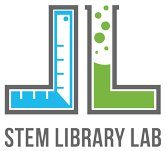by Callie Oliver | Jan 4, 2019
(MS.LS1C.c) Cellular respiration in plants and animals involves chemical reactions with oxygen that release stored energy. In these processes, complex molecules containing carbon react with oxygen to produce carbon dioxide and other materials.
by Callie Oliver | Jan 4, 2019
(MS.LS1C.b) Within individual organisms, food (energy) moves through a series of chemical reactions in which it is broken down and rearranged to form new molecules, to support growth, or to release energy through aerobic and anaerobic respiration.
by Callie Oliver | Jan 4, 2019
(MS.EVS1A.a) Renewable resources have the ability to self maintain due to the processes of photosynthesis.
by Callie Oliver | Jan 4, 2019
(MS.PS3D.a) The chemical reaction by which plants produce complex food molecules (sugars) requires an energy input (i.e., from sunlight) to occur. In this reaction, carbon dioxide and water combine to form carbon-based organic molecules and release oxygen. Cellular...
by Callie Oliver | Jan 4, 2019
(MS.LS1C.a) Plants, plant-like protists (including algae and phytoplankton), and other microorganisms use the energy from light, to make sugars (food) from carbon dioxide from the atmosphere and water from the environment through the process of photosynthesis, which...

